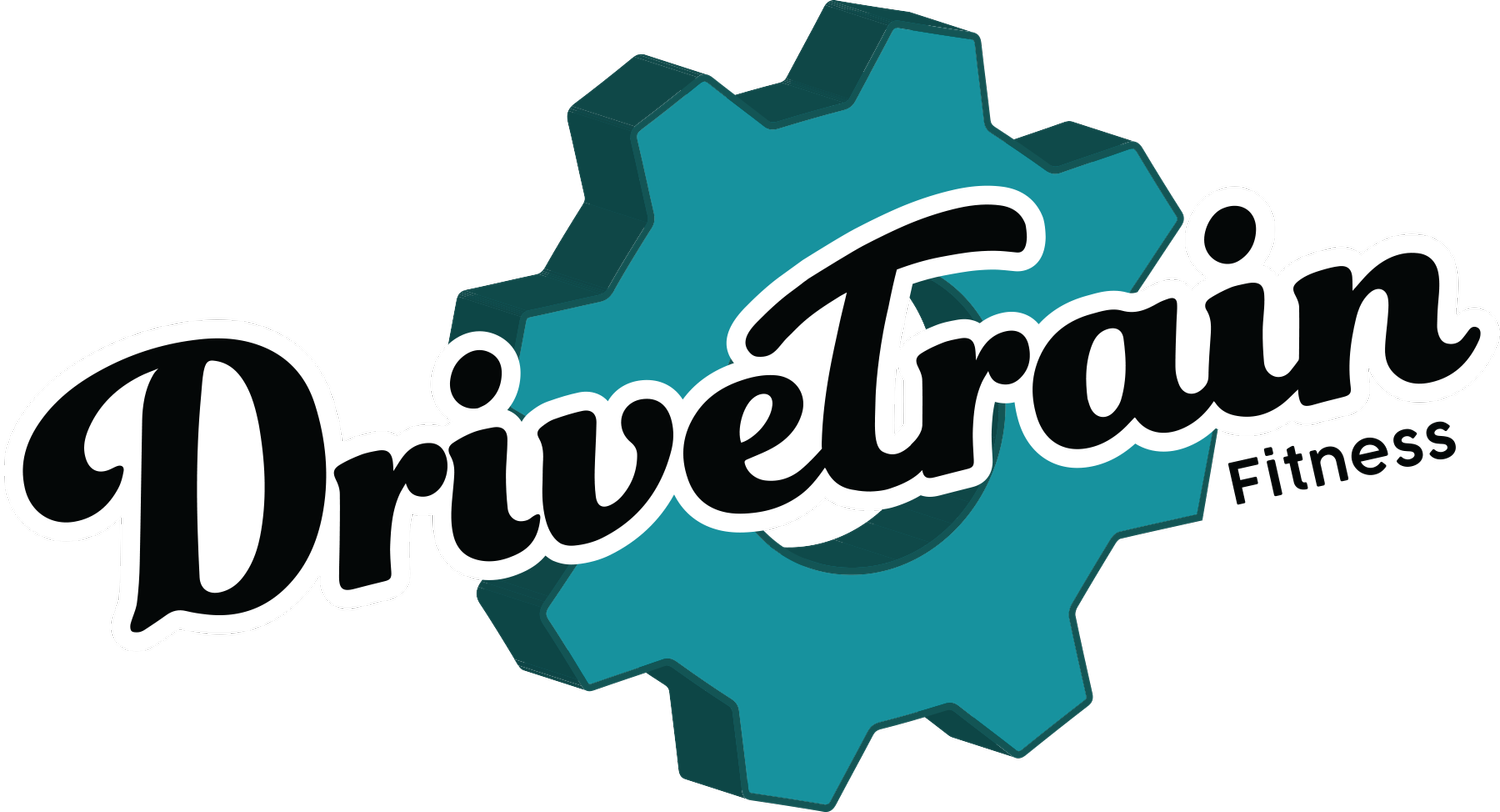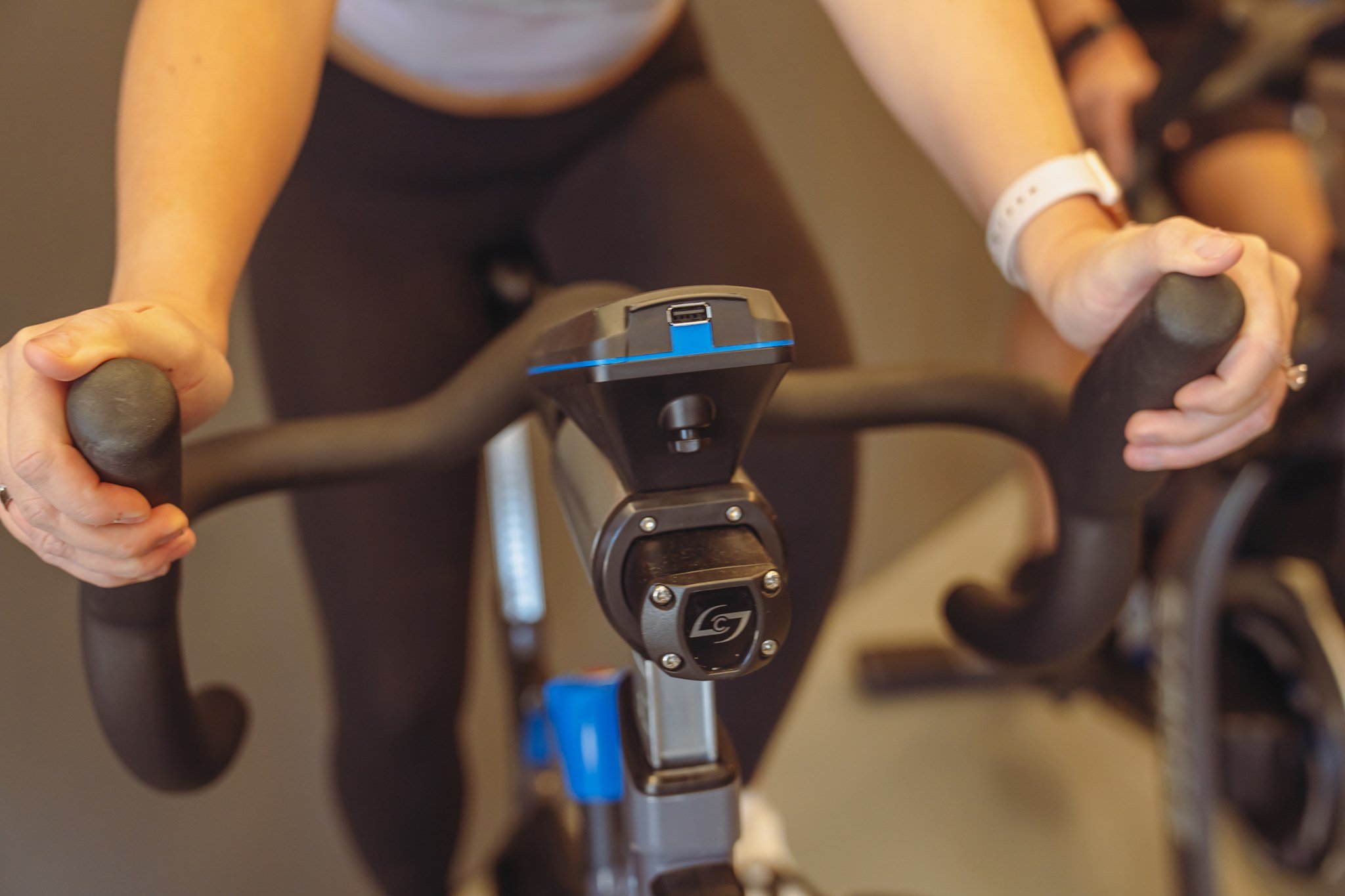Stitch Your Musculoskeletal Ski Suit at DriveTrain!
DriveTrain’s Lagree, Spin Interval Training, and Hybrid classes don’t just build muscular strength and cardiovascular fitness that improve your overall health. They also directly benefit your trips to the mountains, keeping you strong, balanced, and breathing steady as you fly down the slopes.
Just as you put effort into choosing the right skis, boots, goggles, and outerwear, think of the effort you put in at DriveTrain as gearing yourself up on the inside. Class by class, you’re stitching the perfect musculoskeletal ski suit!
LAGREE & SKIING
The “prime movers” for alpine skiing - the parts of your body that create the action - are the muscles of your hips, hamstrings, quadriceps, calves, and feet. Along with your abdominals, they also stabilize your pelvis and spine, and help you maintain balance and stay upright as you glide and maneuver.
Also of note: while skiing, the majority of your prime mover muscles are contracting eccentrically, meaning they are lengthening as they contract. They are also contracting pretty slowly, especially compared to the speed of muscle contraction during activities such as running. So when it comes to training for ski season, you will see the best results by choosing exercises with a big eccentric component, and doing them in slow, controlled reps.
Given the Lagree Method’s focus on all of the above - muscular strength, structural stability, balance, and slow movement - it should come as no surprise that a regular Lagree practice at DriveTrain will help you get in shape for your favorite winter pastime. Here’s a breakdown of how a few key muscles work on the slopes, and corresponding Lagree moves that help build them.
Gluteus Maximus (Hips). The largest muscle in your whole body, the gluteus maximus acts to extend your hip, and externally rotate and abduct your thigh. When downhill skiing, your glutes engage to hold you in the partial squat position you assume for pretty much the entirety of every run.
Ski-Lagree Move for the Glute Max: Bungee Kicks (shown above)
Gluteus Medius (Hips). The glute med is your main hip abductor, meaning it moves your leg to the side, away from the centerline of your body. It also helps internally rotate your thigh. In skiing it contracts to provide lateral stability during weight shifts from one foot to the other, and helps control hip and thigh movement during turns and edging.
Ski-Lagree Move for the Glute Med: Standing Outer Thighs
Biceps Femoris (Hamstrings). This 2-headed thigh muscle is used to flex the knee and extend the hip. It can also perform reverse muscle action, helping to draw your torso upright from a bent position.
Ski-Lagree Move for the Biceps Femoris: Reverse Floor Lunge (see demo here!)
SPIN INTERVAL TRAINING & SKIING
While downhill skiing might not require as much cardio output as, say, mountaineering or running, training your heart in DriveTrain spin classes will still better equip you to deal with higher altitudes, longer ski runs, and walking 2 miles to the chair lift from the only remaining parking spot in the entire mountain vicinity. And if you’re taking a day to cross-country ski or snowshoe, well, those tabata intervals and 60-second pushes with the blue knob cranked to the right are going to pay off big time.


